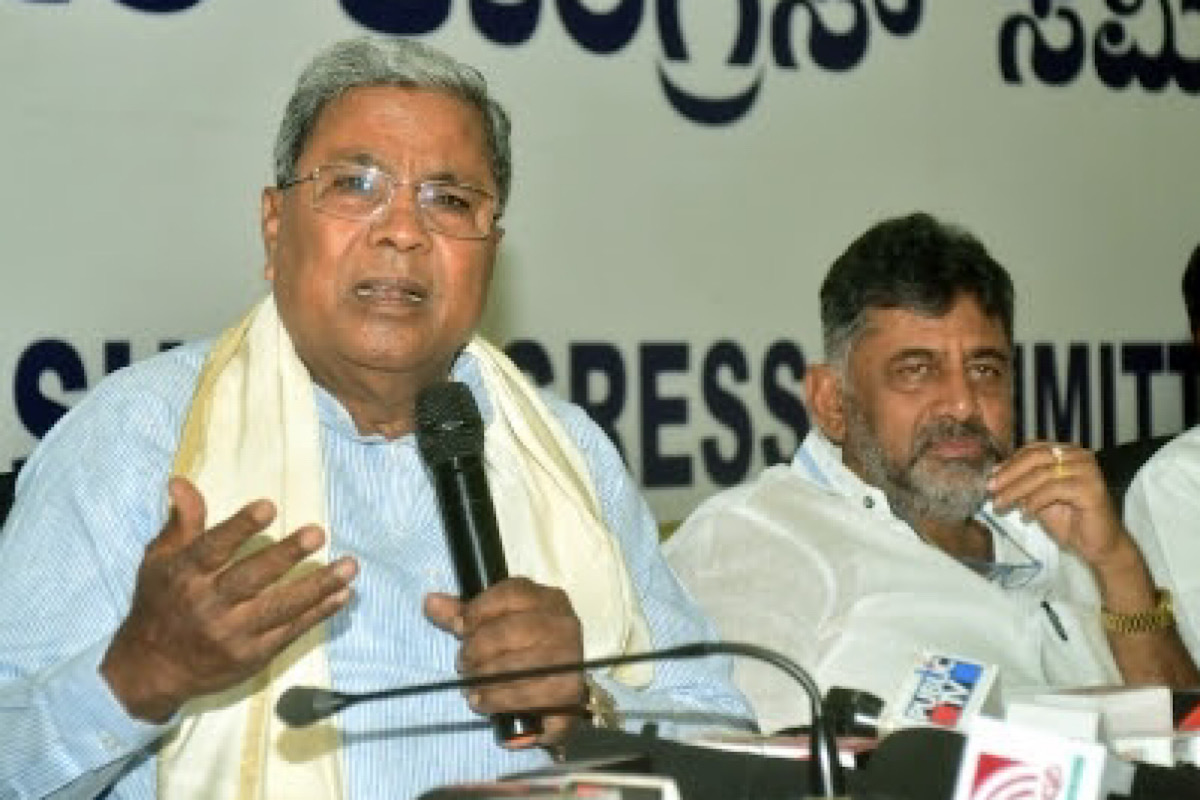Karnataka Vidhan Sabha elections are over and the Congress’s musical chair syndrome like always is back again. And this time around former Karnataka Chief Minister Siddaramaiah and DK Shivakumar are dancing around the coveted chair.
It is difficult to say, whether the race for the top post in Karnataka reminds one of the fragility of the intra-party democracy and the accompanying political hostility within the Congress, or is it the weak high command.
Advertisement
Prof Sukhwinder Singh, a professor at the Centre for Rural Research and Industrial Development CRRID says, “When there is dictatorship, it gives birth to a slow revolution. That is what is happening in the Congress. There was a time when the top leadership imposed the CM candidate on the MLAs. But today the high command is completely dependent on the state leadership. It is a sign of a weak high command.”
The departure from imposing the high command orders in Congress came after the 2005 Haryana elections when despite the numbers, Bhajan Lal was not made the chief minister by the high command but Bhupinder Singh Hooda. This resulted in Bhajan Lal forming his own political outfit called Haryana Janhit Congress. However, Congress still remained in power in Haryana for the next 10 years.
Cut to 2018, and the Congress party has done a complete turnaround. After the elections, various factions make claims about the number of MLAs backing them and stake their claim for the chief ministership. This takes anything between three to seven days. There are hectic parleys. Many say it is good for democracy. But Prof Manjit Singh explains it this way: “As long as the talks and turmoil stay within the party, it is a good way to find a resolution. But the problem with the Congress is that it becomes a public spectacle. It gives an impression of an intra-party rift. Look at what has been happening in Rajasthan for the past five years between Ashok Gehlot and Sachin Pilot.”
He adds,” And if it leads to the party breaking into two factions then obviously such democracy is of no use.” After all, democracy should not lead to death, probably, referring to what happened in Madhya Pradesh after the 2018 Vidhan Sabha elections in which after six days of hectic parleys Kamal Nath became the chief minister. About 15 months later, the disgruntled Jyotiraditya Scindia along with 22 MLAs joined the Bharatiya Janata Party (BJP) and brought down the Congress government.
Similarly, in the 2018 Rajasthan Vidhan Sabha elections, a tussle ensued between Ashok Gehlot and Sachin Pilot which last again a full six days, and many Delhi to Jaipur and back journeys by both the claimants. The Gehlot-Pilot tussle still remains and is out in the open.
More recently, after Congress won in Himachal Pradesh, for a change decision-making was slightly easier for the Congress high command, though both Sukhwinder Singh Sukhu and Pratibha Singh tried their best to get the top post. However, thankfully for the Congress, Pratibha Singh relented when Sukhu was made the CM. Experts say Himachal was an aberration. The rule in Congress is that the various state leaders do not fear to negotiate with the high command, while the high command is always negotiating out of fear. After all, after the fall of the Congress government in Madhya Pradesh in March 2020, it must have become a case of once bitten twice shy, says Prof Mohammad Khalid a keen watcher of Indian politics.











